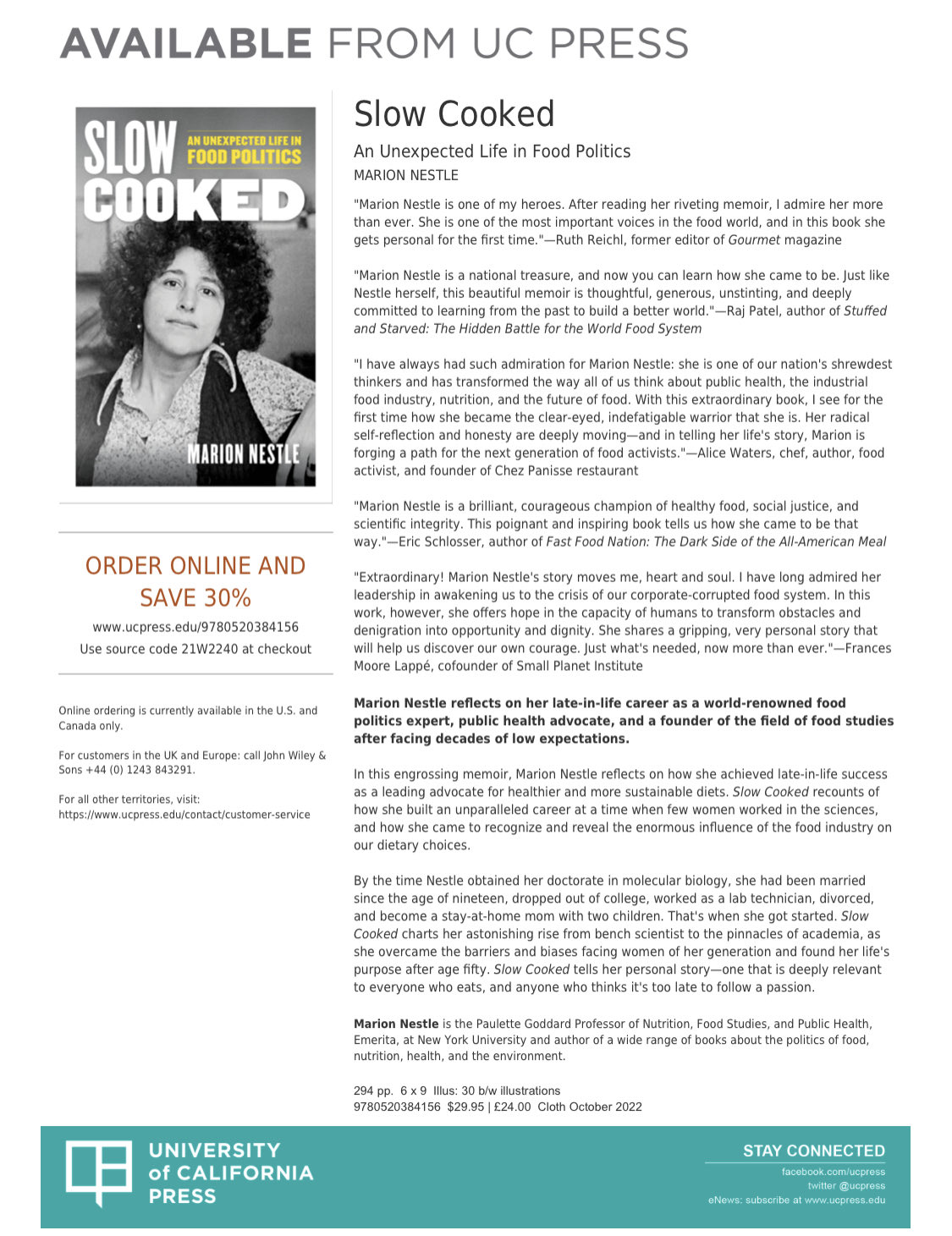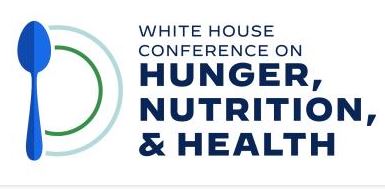The latest on Omega-3s: the operative word is “may”
TODAY: Slow Cooked: An Evening with Marion Nestle in conversation with Laura Shapiro, 7 – 8:15 pm, The Greene Space (44 Charlton Street, NYC 10014).
Tickets and info: https://www.mofad.org/calendar/10062022/slowcooked
* * * * * *
A food industry newsletter I subscribe to, NutraIngredients.com, has a collection of articles on Omega-3s.
These are long-chain fatty acids from fish or algae (EPA, DHA) or plants (ALA). They are said to prevent or cure anything that ails you. Most studies show seafood to be associated with good health, but supplements not so much.
Omega-3s are terrific for marketing, which is why ingredient suppliers love them.
Alas, I remain skeptical.
- ‘The Elixir of Youth’? Omega-3s linked to younger ‘biological age’: Data from the scientific literature “overwhelmingly” supports beneficial effects of omega‐3 fatty acids on the length of telomeres, reported to be a marker of biological aging, says a new review… Read
- Vitux says research shows its ConCordix Smart Chew tech poised to reinvigorate omega-3s category: Chewable omega-3s manufacturer Vitux AS says that new consumer research it has conducted showed compliance better than with gummy products. The company claims this shows that fish oil users are open to new delivery formats… Read
- Fish oil, vitamin D during pregnancy may lower the risk of croup in babies: Study: Prenatal supplements of fish oil and/ or vitamin D may reduce the risk of croup in babies in children by about 40%, compared to no supplements, according to findings from a randomised controlled trial presented at the European Respiratory Society International Congress in Barcelona, Spain… Read
- Omega-3 supplements offer modest muscle function benefits in healthy older adults: RCT: Six months of fish oil supplementation may modestly increase skeletal muscle strength in healthy, independent older people, says a new study from scientists at the Mayo Clinic and Concordia University of Wisconsin… Read
- New meta-analysis adds credence to positive blood pressure outcomes associated with omega-3s: A comprehensive new meta-analysis underpins previous evidence and adds further credence to the positive impact of omega-3 fatty acids (n-3 PUFAs) on high blood pressure (BP)… Read
- Scottish start-up secures investment to accelerate microalgae production: Scottish biotech, MiAlgae has raised £2.3m in its latest investment drive to support completion of a commercial demonstrator facility for Omega-3 rich microalgae production… Read
- DHA omega-3 during pregnancy may benefit mother as well as child: RCT: The benefits of DHA for the developing fetus are well-established, but a new study indicates that supplementation during pregnancy may also benefit the heart health of the mother… Read
- Higher DHA associated with better focus and concentration in healthy teenagers: Higher DHA levels are associated with higher scores on some cognitive measures in a cohort of healthy adolescents, new research has found… Read
- 72% of EU consumers express confidence in safety, quality of supplements: FSE survey: Usage of food supplements remains high across Europe, with almost 90% of respondents to a recent survey reporting to using the products, with trust in the reliability of information from brands also high, says a new survey… Read
- Study supports Hofseth’s salmon oil’s anti-inflammatory and anti-allergenic benefits: Hofseth BioCare’s OmeGo salmon oil may offer anti-inflammatory and anti-allergenic benefits linked to its unique composition, says a new study… Read
***********
For 30% off, go to www.ucpress.edu/9780520384156. Use code 21W2240 at checkout.








